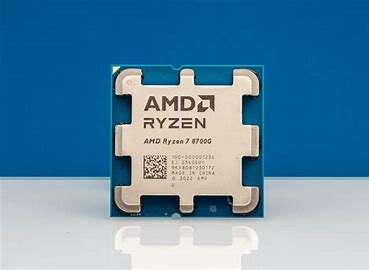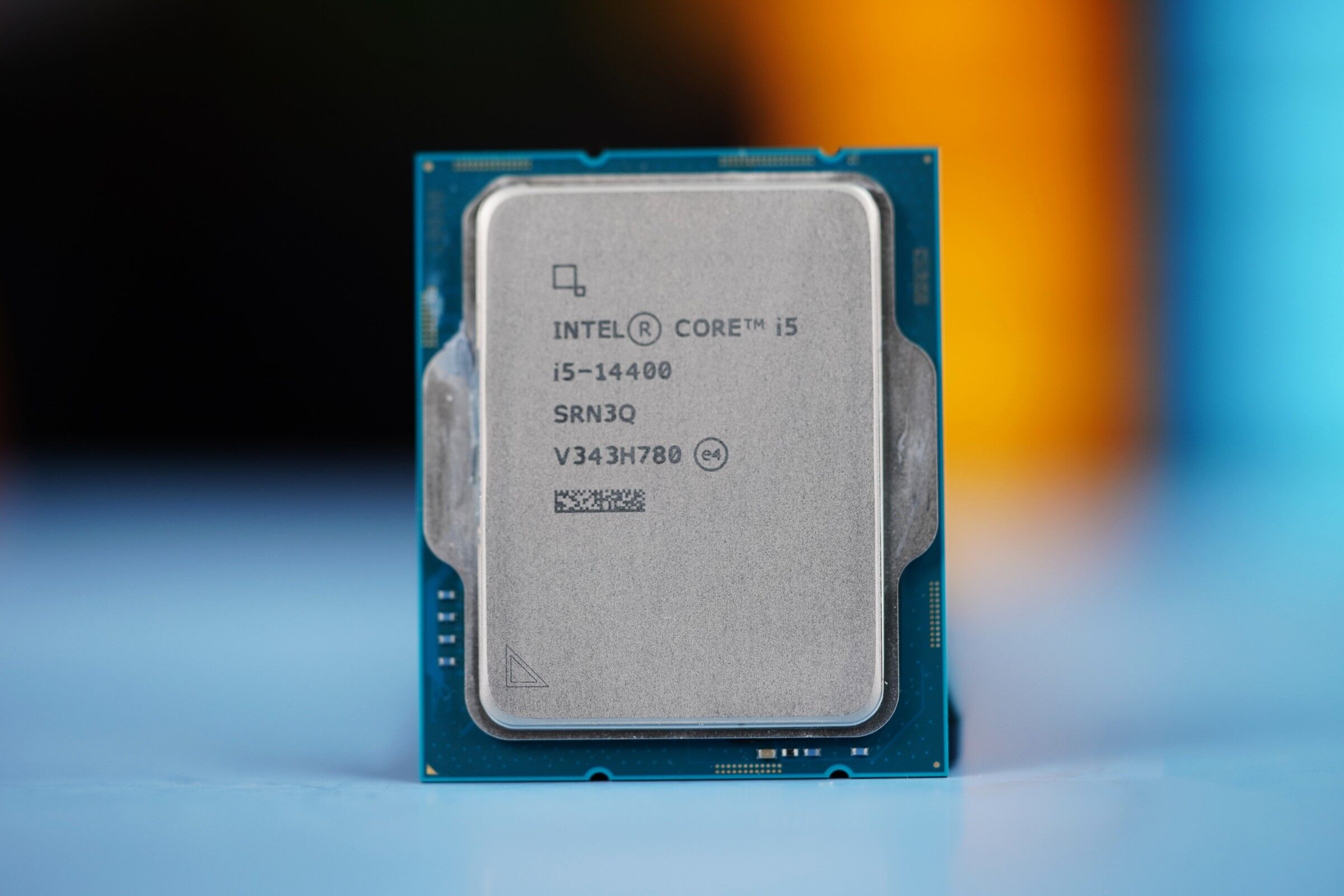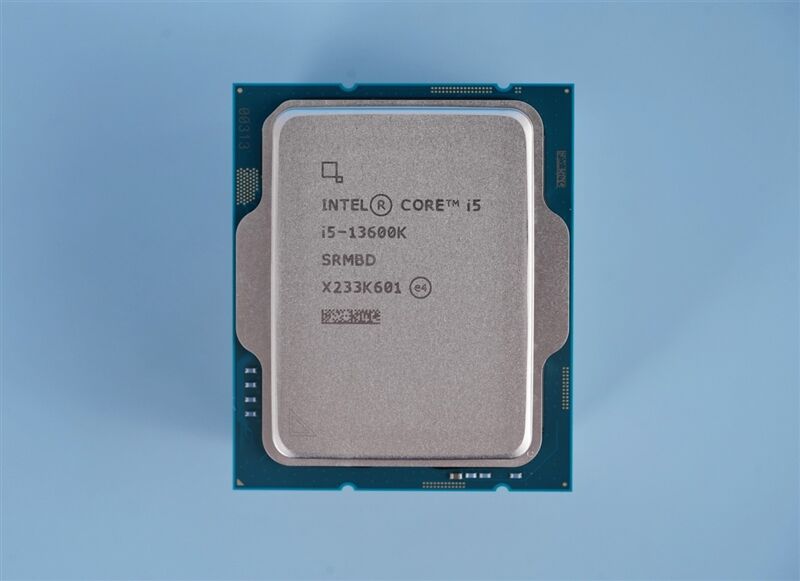A CPU with integrated graphics (IGP) combines a processor and a graphics processing unit on the same die, eliminating the need for a dedicated graphics card. This design is popular in budget systems, compact PCs, and laptops, where space and cost are considerations. Intel's UHD Graphics and Iris Xe, as well as AMD's Radeon Vega and RDNA 3-based IGPs, offer varying levels of performance. AMD's Ryzen APUs (Accelerated Processing Units), such as the Ryzen 7 7840U, feature RDNA 3 graphics that can handle light gaming at 1080p low settings, making them suitable for titles like Minecraft, League of Legends, or Stardew Valley. Intel's Iris Xe Graphics, found in higher-end processors like the Core i7-1260P, provide better performance than traditional UHD Graphics, supporting 4K video playback and moderate graphical tasks. Integrated graphics rely on system memory (shared memory) for VRAM, so using dual-channel RAM (two memory sticks) significantly improves performance by increasing bandwidth. While not suitable for high-end gaming or intensive graphics work, CPUs with integrated graphics are ideal for everyday tasks like web browsing, office work, media streaming, and light photo editing. They also serve as a temporary solution for users waiting to purchase a dedicated GPU or as a fallback in case of GPU failure. The latest generations of IGPs, particularly AMD's 7000-series APUs, bridge the gap between budget integrated graphics and entry-level dedicated GPUs, offering enough performance for casual gaming and productivity without the added cost and power consumption of a discrete card. This makes them a versatile choice for a wide range of users, from students to HTPC builders seeking a compact, efficient solution.


